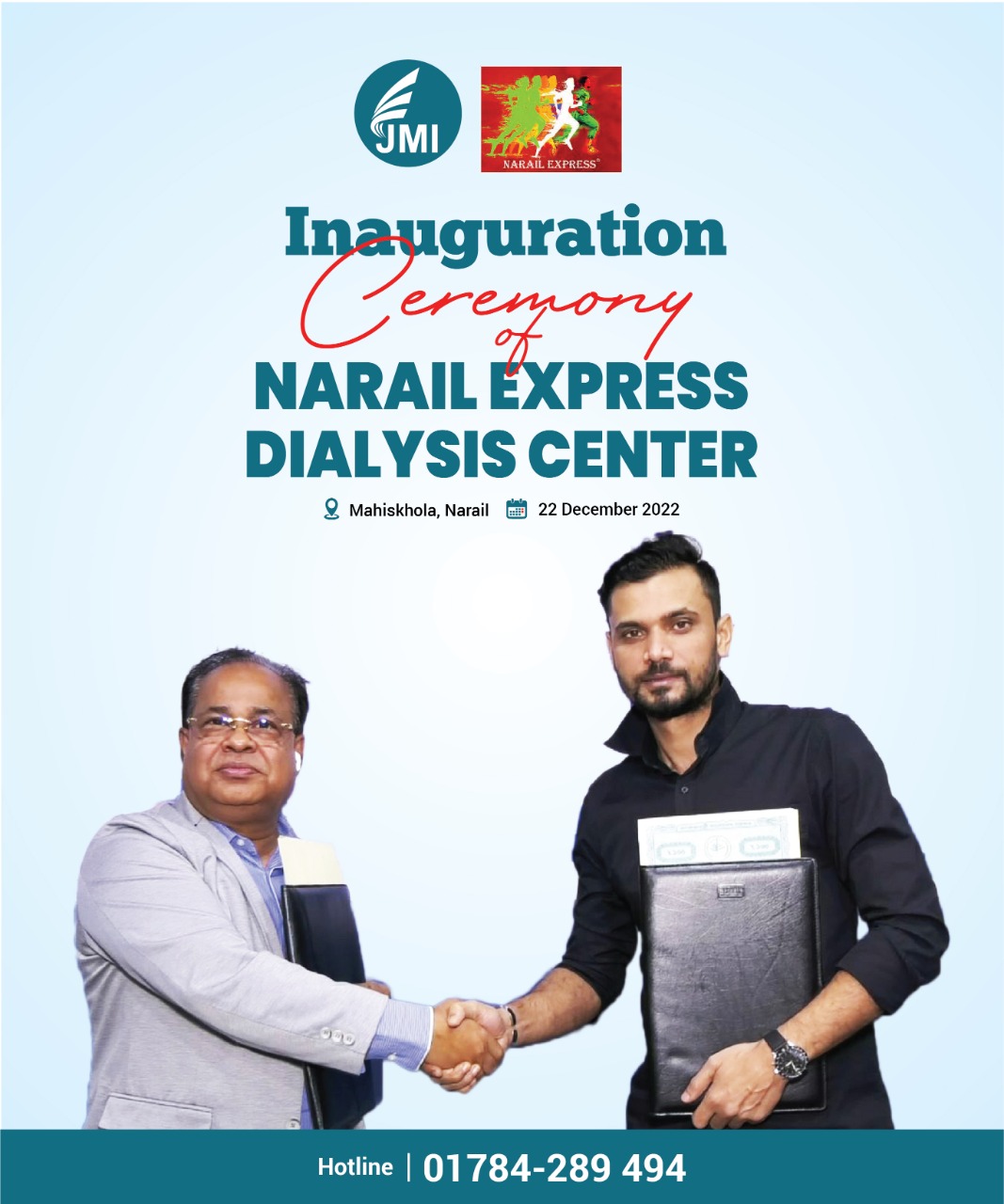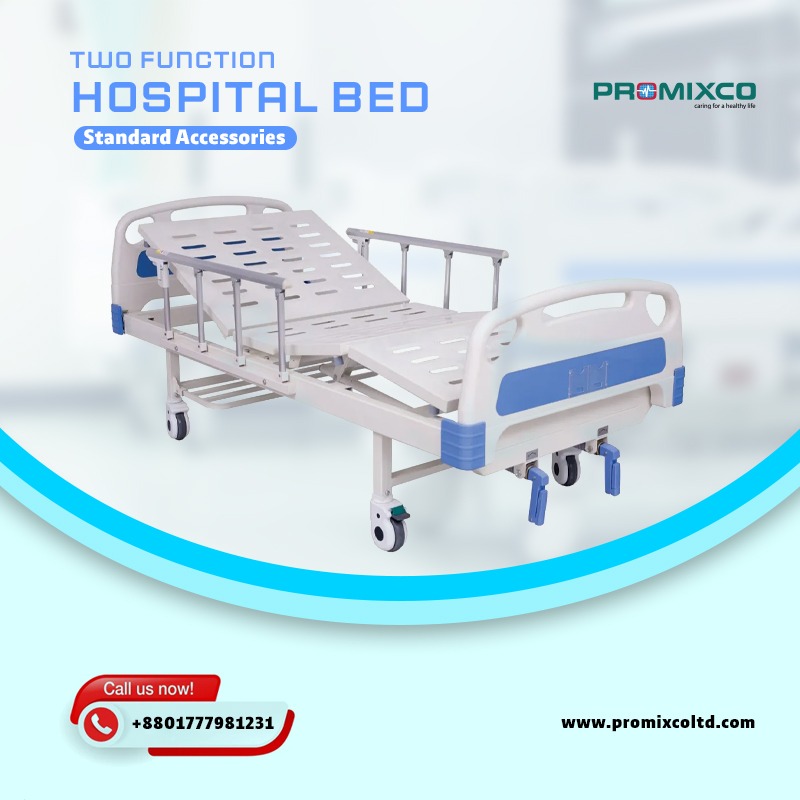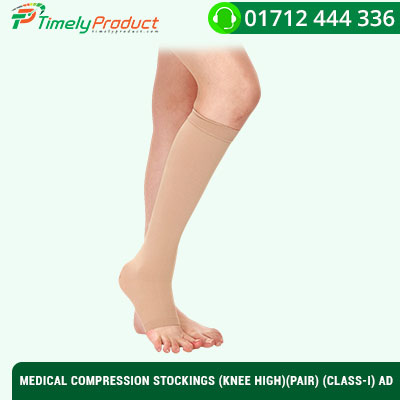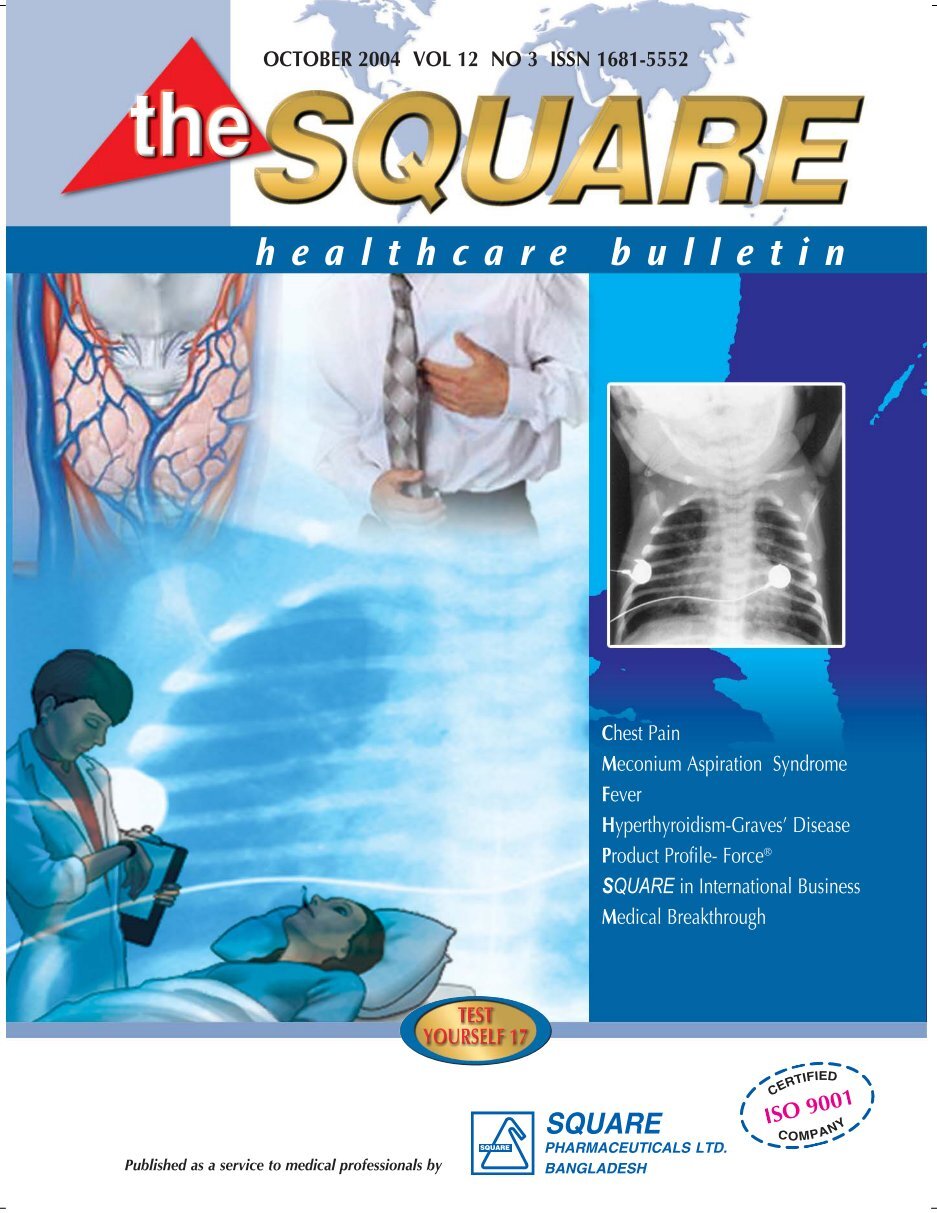The Role of Surgical Instruments in Modern Healthcare
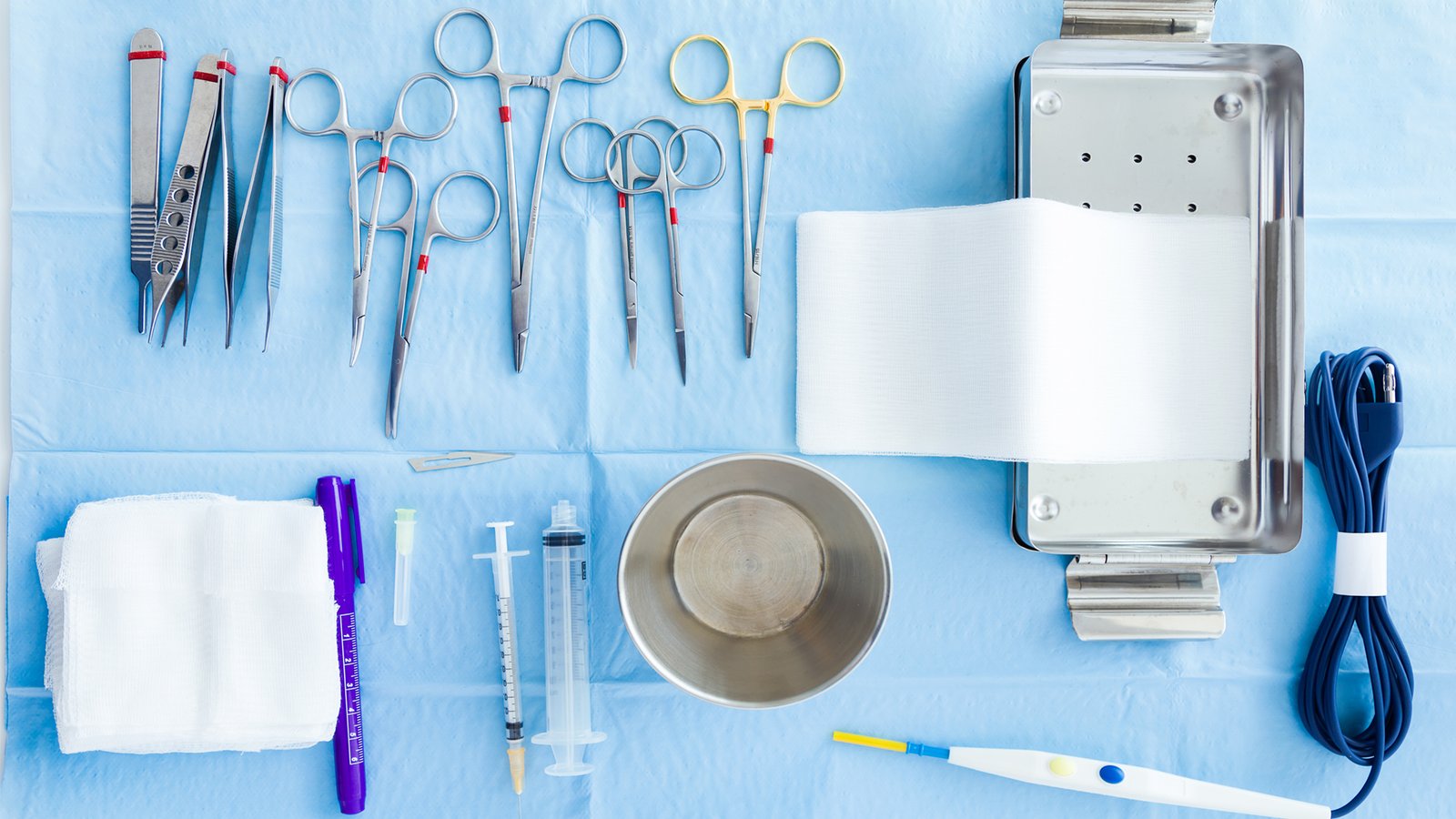
Introduction:
Surgical instruments play a vital role in modern healthcare, enabling surgeons to perform precise and intricate procedures with accuracy and efficiency. These specialized tools have evolved over time, incorporating advanced technologies and materials. This article explores the importance of surgical instruments, their diverse uses, advancements in technology, and their impact on patient outcomes in modern healthcare.
Precision and Functionality:
Surgical instruments are designed to provide surgeons with the precision and functionality necessary to perform complex surgical procedures. From scalpels and forceps to retractors and suturing devices, each instrument has a specific function, allowing surgeons to manipulate tissues, cut, dissect, grasp, and suture with utmost precision.
Types of Surgical Instruments:
a. Cutting and Dissecting Instruments: These instruments, such as scalpels, scissors, and surgical blades, are designed to make precise incisions and dissect tissues during surgical procedures.
b. Grasping and Holding Instruments: Forceps, retractors, and clamps fall under this category. They are used to hold and manipulate tissues, bones, and organs, providing surgeons with better visualization and access to the surgical site.
c. Suturing and Stapling Instruments: These instruments, including needles, sutures, and staplers, are essential for wound closure. They enable surgeons to secure tissues and promote proper healing.
d. Specialized Instruments: Surgical procedures often require specialized instruments tailored to specific surgical fields. Examples include laparoscopic instruments, orthopedic instruments, neurosurgical instruments, and cardiovascular instruments.
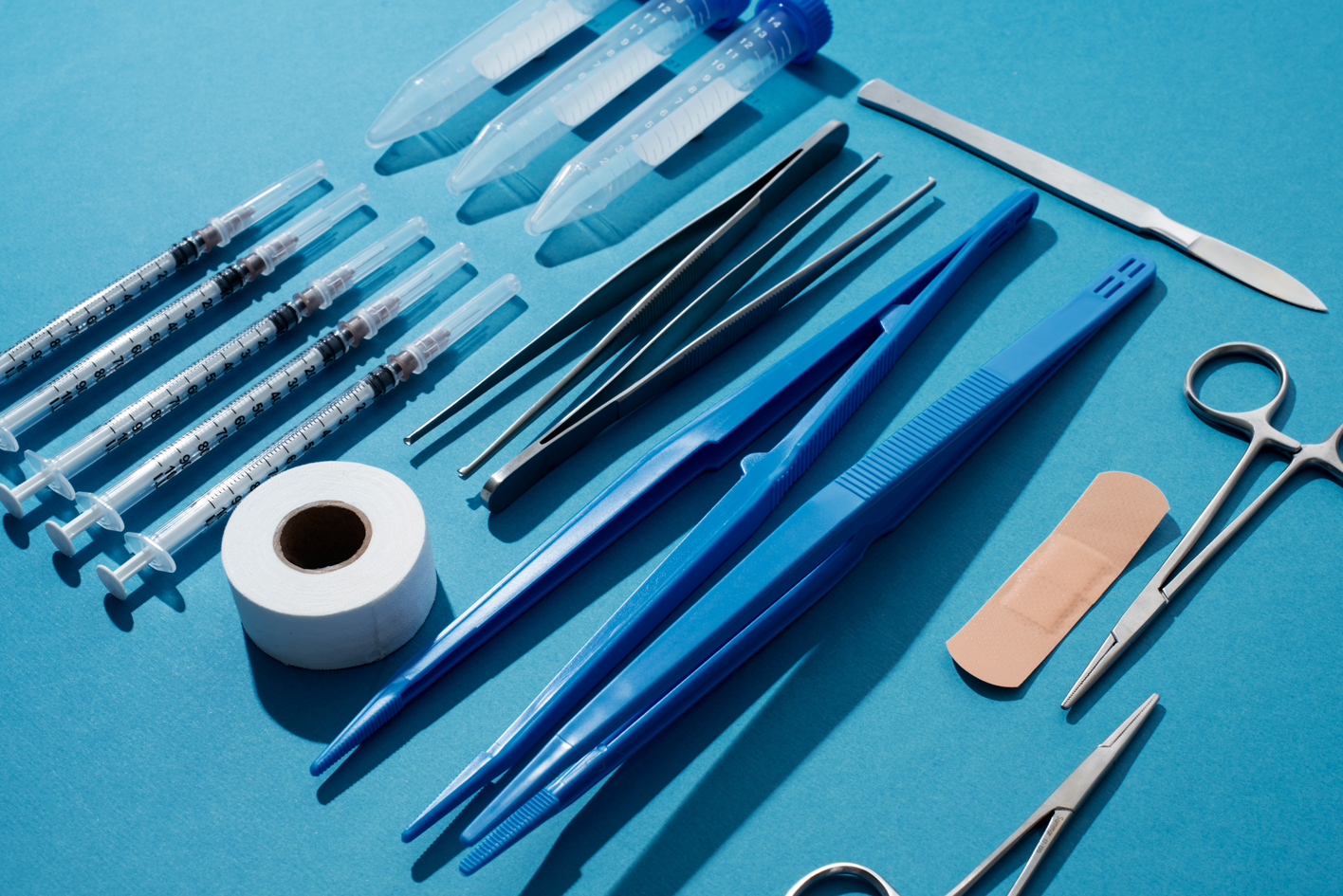
Advancements in Technology:
a. Minimally Invasive Surgery: Technological advancements have led to the development of minimally invasive surgical techniques. Instruments such as laparoscopic cameras, endoscopes, and specialized trocars allow surgeons to perform procedures through small incisions, reducing patient trauma, pain, and recovery time.
b. Robotic-Assisted Surgery: Robotic surgical systems provide enhanced precision and dexterity to surgeons. These systems incorporate robotic arms controlled by surgeons, allowing for more precise movements and access to challenging anatomical structures.
c. Energy-Based Instruments: Energy-based surgical instruments, such as electrocautery devices, harmonic scalpels, and laser devices, utilize different forms of energy to cut, coagulate, and seal tissues. These instruments help minimize bleeding and facilitate faster procedures.
Impact on Patient Outcomes:
a. Enhanced Precision and Safety: Surgical instruments enable surgeons to perform procedures with greater precision, minimizing the risk of damage to surrounding tissues and structures. This leads to improved patient safety and reduced complications.
b. Shorter Procedure Times: Advanced surgical instruments and technologies often result in shorter procedure times. This benefits patients by reducing their time under anesthesia, minimizing exposure to potential complications, and promoting faster recovery.
c. Improved Surgical Outcomes: The use of precise surgical instruments contributes to better surgical outcomes, including reduced postoperative complications, decreased infection rates, and improved patient satisfaction.

Sterilization and Instrument Care:
Maintaining sterile instruments is critical to prevent infections and ensure patient safety. Healthcare facilities have strict protocols for instrument sterilization, including proper cleaning, disinfection, and sterilization techniques. Regular maintenance and inspection of instruments are also crucial to ensure their functionality and longevity.
Conclusion:
Surgical instruments are indispensable tools in modern healthcare, enabling surgeons to perform complex procedures with precision, safety, and improved patient outcomes. Advancements in technology have further expanded the capabilities of these instruments, allowing for minimally invasive approaches, robotic-assisted surgery, and energy-based procedures. As healthcare continues to advance, surgical instruments will continue to evolve, enhancing surgical techniques and contributing to better patient care.




